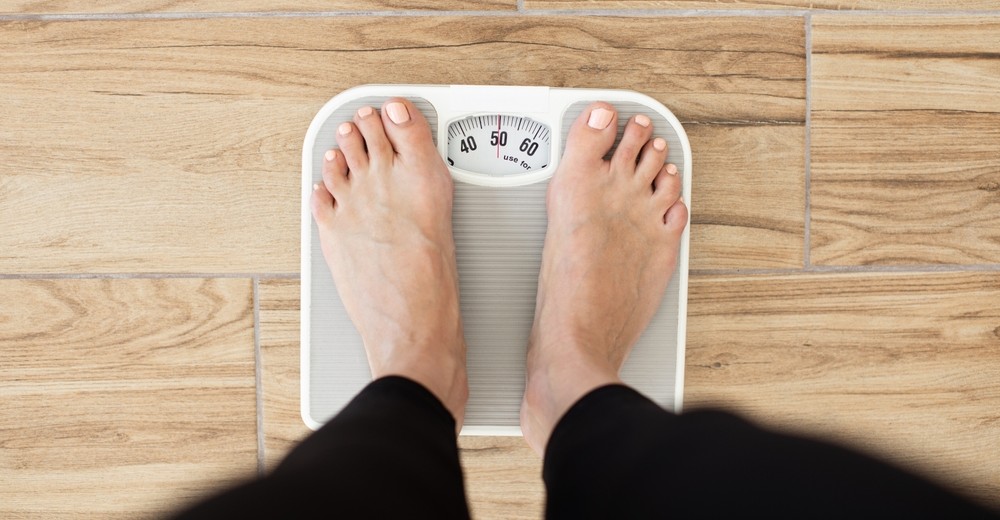Tracking your calories is one of the most effective ways to manage your weight. Whether your goal is to lose, maintain, or gain weight, understanding how many calories you consume and burn is key. For beginners, calorie tracking can seem overwhelming, but with the right tools and strategies, it becomes a simple and empowering habit. In this guide, we’ll walk you through how to track your calories for weight management, including easy methods, helpful tools, and practical tips to get started.
Why Track Calories for Weight Management?
Calorie tracking helps you:
- Understand Your Intake: Become aware of how much you’re eating and identify areas for improvement.
- Create a Calorie Deficit or Surplus: Essential for weight loss or gain, respectively.
- Make Informed Choices: Learn which foods are calorie-dense and which are nutrient-rich.
- Stay Accountable: Keep yourself on track by logging your meals and snacks.
By tracking calories, you gain control over your diet and make progress toward your weight management goals.
How to Calculate Your Daily Calorie Needs
Before you start tracking, it’s important to know how many calories you need each day. Your daily calorie needs depend on factors like age, gender, activity level, and weight goals. Here’s how to estimate them:
- Calculate Your Basal Metabolic Rate (BMR): This is the number of calories your body needs at rest. Use an online BMR calculator or the following formulas:
- For Men: BMR = 88.362 + (13.397 × weight in kg) + (4.799 × height in cm) – (5.677 × age in years)
- For Women: BMR = 447.593 + (9.247 × weight in kg) + (3.098 × height in cm) – (4.330 × age in years)
- Factor in Activity Level: Multiply your BMR by an activity factor:
- Sedentary (little to no exercise): BMR × 1.2
- Lightly active (light exercise 1-3 days/week): BMR × 1.375
- Moderately active (moderate exercise 3-5 days/week): BMR × 1.55
- Very active (hard exercise 6-7 days/week): BMR × 1.725
- Extra active (very hard exercise and physical job): BMR × 1.9
- Adjust for Weight Goals:
- Weight Loss: Subtract 500-1,000 calories per day to lose 1-2 pounds per week.
- Weight Maintenance: Stick to your calculated calorie needs.
- Weight Gain: Add 500-1,000 calories per day to gain 1-2 pounds per week.
Methods to Track Your Calories
Here are some beginner-friendly methods to track your calories:
1. Use a Calorie Tracking App
- Why It’s Great: Apps make calorie tracking easy and convenient.
- Popular Options: MyFitnessPal, Lose It!, Cronometer, and FatSecret.
- How to Use: Log your meals, snacks, and drinks by searching the app’s database or scanning barcodes.
2. Keep a Food Journal
- Why It’s Great: A simple, low-tech option for tracking.
- How to Use: Write down everything you eat and drink, along with portion sizes and calorie counts.
3. Read Nutrition Labels
- Why It’s Great: Helps you understand the calorie content of packaged foods.
- How to Use: Check the serving size and calories per serving on food labels.
4. Use Online Calorie Databases
- Why It’s Great: Provides calorie information for foods without labels.
- Popular Options: USDA FoodData Central, CalorieKing, and Nutritionix.
Tips for Accurate Calorie Tracking
To ensure your calorie tracking is effective:
- Measure Portions: Use a kitchen scale, measuring cups, or spoons to measure food portions accurately.
- Log Immediately: Record your meals and snacks as soon as possible to avoid forgetting.
- Be Honest: Include everything you eat and drink, even small snacks or bites.
- Track Beverages: Don’t forget to log drinks, as they can contribute significant calories.
- Review Regularly: Check your logs weekly to identify patterns and make adjustments.
Common Mistakes to Avoid
Beginners often make these mistakes when tracking calories:
- Underestimating Portions: Guessing portion sizes can lead to inaccurate calorie counts.
- Ignoring Hidden Calories: Forgetting to log condiments, cooking oils, or dressings.
- Over-Restricting: Cutting calories too drastically, which can lead to burnout or nutrient deficiencies.
- Focusing Only on Calories: Ignoring the nutritional quality of foods.
How to Stay Motivated
Staying consistent with calorie tracking can be challenging. Here’s how to stay motivated:
- Set Small Goals: Start with tracking one meal a day and gradually increase.
- Celebrate Progress: Acknowledge your efforts and improvements.
- Use Visuals: Create charts or graphs to visualize your progress.
- Find Support: Share your goals with friends or join an online community for accountability.
The Role of Exercise in Calorie Tracking
While tracking calories is important, combining it with exercise enhances weight management:
- Track Calories Burned: Use fitness trackers or apps to estimate calories burned during workouts.
- Balance Intake and Output: Adjust your calorie intake based on your activity level.
Tracking your calories is a powerful tool for weight management. By understanding your calorie needs, using the right tools, and staying consistent, you can take control of your diet and achieve your weight goals.
Remember, calorie tracking is not about perfection but progress. Start small, stay consistent, and celebrate every step forward. With time and effort, you’ll see the results you’re working toward.



